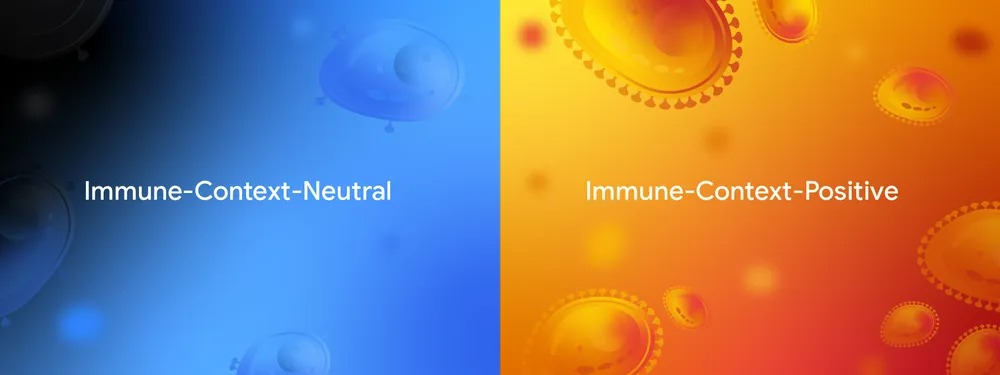Google DeepMind and Yale University just unveiled a 27-billion-parameter AI model that’s mapping how cancer cells hide from your immune system. Their Cell2Sentence-Scale 27B (C2S-Scale) model generated breakthrough hypotheses about transforming “cold” tumors into “hot” ones, potentially making previously untreatable cancers visible to immune attacks. Built on Google’s open-source Gemma platform, this AI represents a fundamental shift in how we discover cancer treatments.
The model identified pathways for converting tumors that fly under immune radar into ones that trigger robust immune responses. Think of it like finding the switch that turns your body’s security system back on after cancer disabled the alarms. Google CEO Sundar Pichai noted that “with more preclinical and clinical tests, this discovery may reveal a promising new pathway for developing therapies to fight cancer.”
The AI’s virtual screening process sounds like something from a sci-fi movie, but the results are grounded in clinical reality. Researchers simulated over 4,000 drugs across real tumor samples, hunting for compounds that amplify immune signals in challenging environments where natural defenses fail. Only 10-30% of the model’s top candidates had existing evidence for cancer efficacy. The rest were completely novel connections—and many have since been clinically validated.
Unlike typical Big Tech announcements that disappear behind paywalls, both C2S-Scale and its base model live freely on GitHub and Hugging Face. This open-science approach lets researchers worldwide build on these discoveries immediately. However, both Google and Yale researchers emphasize that peer review and extensive clinical trials remain essential before any therapeutic applications reach patients.
While clinical timelines for new therapies remain measured in years rather than months, this breakthrough represents a fundamental shift. AI isn’t just analyzing existing medical knowledge anymore—it’s generating entirely new hypotheses about disease mechanisms. The 27-billion parameters allow the model to process single-cell biological data with unprecedented nuance, following the same scaling laws that made large language models so powerful. Your future cancer treatment might involve AI chips-discovered drugs that researchers are only now beginning to understand.





























